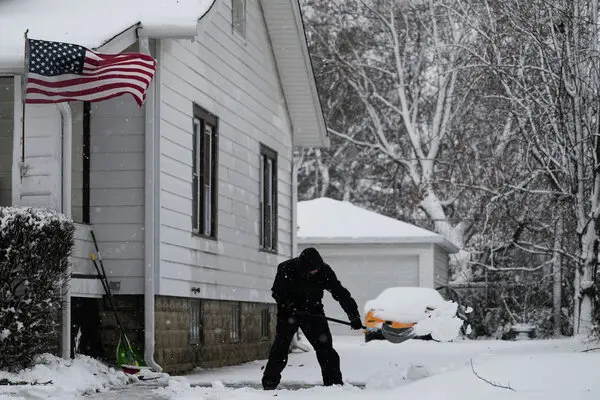Storms can strike without warning, leaving your home vulnerable to damage from strong winds, heavy rain, and flooding. Preparing your home in advance is crucial to minimizing risks and protecting your family.
By following these essential maintenance tips, you can ensure your home is ready to withstand unexpected storms and their potential aftermath.
1. Inspect and Fortify Your Roof
Your roof serves as the first line of defense against storms, so keeping it in top condition is vital. Begin by inspecting for loose or missing shingles, cracked tiles, or other signs of wear and tear. Address these issues promptly to prevent leaks during heavy rainfall.
Additionally, consider reinforcing your roof with storm-resistant materials such as metal or impact-resistant shingles. Cleaning gutters and downspouts is equally important, as clogged systems can lead to water pooling on the roof and increasing the risk of structural damage.
2. Maintain Storm Drains for Effective Water Flow
Proper storm drain maintenance is essential to preventing flooding around your home during severe weather. Check for debris like leaves, branches, or trash that may block your storm drains, as clogs can lead to water pooling and property damage.
Cleaning your drains regularly, especially before the rainy season, ensures effective water flow and reduces the likelihood of localized flooding. If you notice persistent drainage issues, hiring professionals to inspect and clear your storm drain system can safeguard your property from water-related damage during storms.
3. Secure Doors and Windows
Doors and windows are often the most vulnerable points of entry for wind and rain during storms. Inspect them for gaps, cracks, or broken seals, and repair any issues to prevent water intrusion. Installing storm shutters or impact-resistant glass can provide an additional layer of protection against high winds and flying debris.
For an economical solution, consider using plywood to cover windows during severe storms. Do not forget to check that all locks and latches are functioning properly to keep your home secure.

4. Trim Trees and Remove Outdoor Hazards
Overhanging branches and weak trees can pose significant risks during storms, as strong winds can cause them to fall onto your roof, power lines, or other parts of your property. Regularly trimming trees and removing any diseased or dead branches minimizes the chances of storm-related damage.
Secure outdoor furniture, potted plants, and other loose items that could become projectiles in strong winds. Properly anchoring or storing these items before a storm hits is a simple yet effective way to protect your home.
5. Prepare an Emergency Power Backup
Power outages are common during storms, so having a reliable backup power source can keep your home functional. Invest in a generator to power essential systems like refrigerators, heating, or cooling units during blackouts. Ensure the generator is installed correctly, following safety guidelines, and test it regularly to confirm it’s operational.
Additionally, keeping flashlights, batteries, and a well-stocked emergency kit on hand can provide peace of mind during unexpected storms.
In conclusion, preparing your home for unexpected storms requires proactive maintenance and attention to detail. From inspecting your roof and maintaining storm drains to securing windows and trimming trees, these essential steps can protect your home and reduce the risk of damage.













Comments